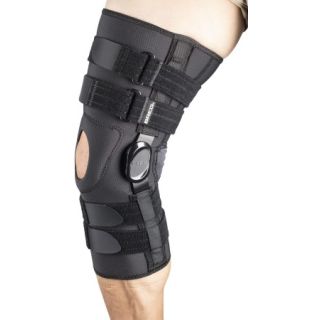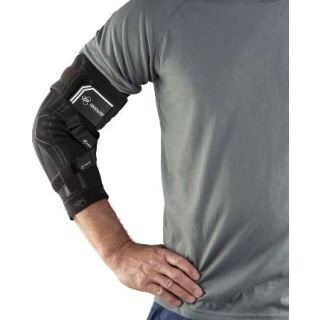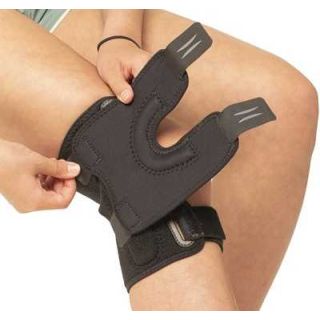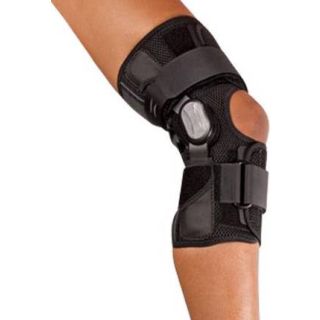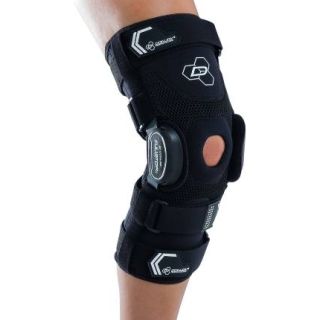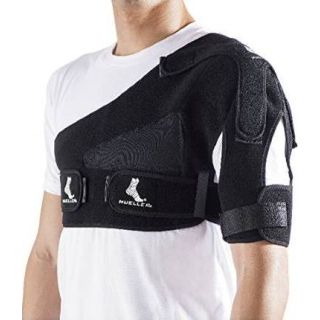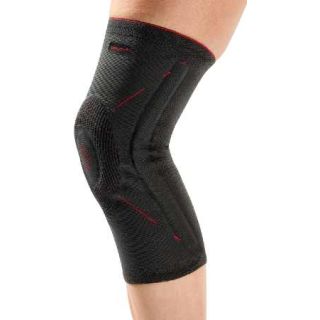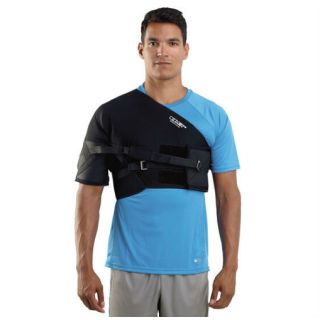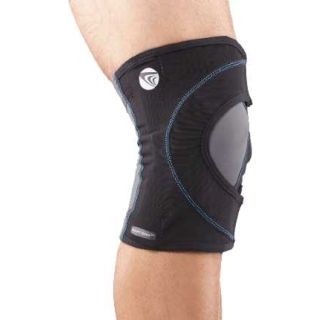Bracing for Wrestling: Injury Prevention, Treatment, and Braces for Wrestlers
Wrestling is a demanding sport that requires strength, agility, and endurance. However, along with its physical intensity comes the risk of injuries. From sprains and strains to fractures and dislocations, wrestlers are susceptible to various injuries during training and competition. In response to these risks, athletes and coaches employ a range of preventive measures, including bracing techniques and equipment. This paper explores the significance of bracing in wrestling, its role in injury prevention and treatment, and the types of braces commonly used by wrestlers.
Understanding Wrestling Injuries
Before delving into the specifics of bracing, it is crucial to understand the nature of injuries common in wrestling. The sport involves close contact, rapid movements, and significant physical exertion, making wrestlers vulnerable to a variety of injuries. These injuries can affect different parts of the body, including the head, neck, shoulders, elbows, wrists, knees, and ankles.
Common wrestling injuries include:
- Sprains and strains: These occur when ligaments or muscles are stretched or torn, often due to sudden movements or overexertion.
- Fractures: Wrestlers may sustain fractures, particularly in bones that are subjected to high impact or pressure during grappling and takedowns.
- Dislocations: Joint dislocations can occur when the bones are forced out of their normal positions, resulting in pain, swelling, and limited mobility.
- Concussions: Head injuries are a significant concern in wrestling, particularly during contact and impact with opponents or the mat.
- Overuse injuries: Wrestlers may experience overuse injuries due to repetitive motions, such as chronic shoulder or knee pain.
Preventing Wrestling Injuries
Prevention is key to minimizing the risk of injuries in wrestling. Coaches, athletes, and medical professionals work together to implement strategies aimed at reducing the likelihood of injuries during training and competition. These strategies include:
- Proper technique: Teaching wrestlers correct techniques for grappling, takedowns, and escapes can help reduce the risk of injuries caused by improper movements.
- Strength and conditioning: Building strength, flexibility, and endurance through structured conditioning programs can enhance wrestlers' resilience and reduce the likelihood of injuries.
- Warm-up and cool-down: Engaging in dynamic warm-up exercises before practice or competition helps prepare the body for physical activity, while cooling down afterward aids in recovery and reduces muscle soreness.
- Injury awareness and education: Educating wrestlers about common injuries, their causes, and preventive measures empowers them to recognize potential risks and take appropriate precautions.
- Use of protective gear: Wearing appropriate protective gear, including headgear, mouthguards, and braces, can help mitigate the impact of falls, collisions, and joint stress.
Role of Bracing in Wrestling
Braces play a significant role in supporting and stabilizing joints, muscles, and ligaments, thereby reducing the risk of injury and facilitating the recovery process. In wrestling, braces are commonly used to provide support to vulnerable areas of the body, such as the knees, ankles, elbows, and wrists. The primary objectives of bracing in wrestling are:
- Stability: Braces help maintain stability in joints and muscles, reducing the risk of sprains, strains, and dislocations during intense physical activity.
- Injury prevention: By providing additional support and protection, braces help prevent injuries caused by sudden movements, impacts, and repetitive stress.
- Rehabilitation: In cases where wrestlers have sustained injuries, braces can aid in the rehabilitation process by immobilizing injured joints, promoting healing, and preventing further damage.
- Performance enhancement: Well-fitted braces can enhance wrestlers' confidence and performance by alleviating pain, improving joint function, and reducing the fear of reinjury.
Types of Braces for Wrestlers
Several types of braces are used in wrestling to address specific areas of concern and provide targeted support and protection. The choice of braces depends on the nature of the injury, the level of support required, and individual preferences. Common types of braces used by wrestlers include:
- Knee braces: Knee injuries, including ligament sprains and meniscus tears, are prevalent in wrestling due to the high impact and stress placed on the knees during grappling and takedowns. Knee braces, such as neoprene sleeves, hinged braces, and patellar stabilizers, provide support to the knee joint, reduce pain, and enhance stability.
- Ankle braces: Ankle sprains and strains are common in wrestling, particularly during pivoting movements and sudden changes in direction. Ankle braces, including lace-up braces, stirrup braces, and compression sleeves, help stabilize the ankle joint, prevent excessive inversion or eversion, and reduce the risk of injury.
- Elbow braces: Wrestlers may experience elbow injuries, such as tendonitis, bursitis, and ligament sprains, due to repetitive motions and direct impact with opponents. Elbow braces, such as compression sleeves and hinged braces, provide compression, support, and protection to the elbow joint, allowing wrestlers to maintain range of motion while minimizing discomfort and instability.
- Wrist braces: Wrist injuries, including sprains, strains, and fractures, can occur during grappling, takedowns, and impact with the mat. Wrist braces, such as wrist splints and neoprene wraps, help immobilize the wrist joint, reduce pain, and promote healing, allowing wrestlers to continue training and competing with greater confidence.
Incorporating Bracing into Wrestling Practice
Integrating bracing into wrestling practice requires careful consideration of individual needs, injury history, and training objectives. Coaches and athletes should collaborate with medical professionals to assess the effectiveness of bracing techniques and ensure proper fitting, usage, and maintenance of braces. Key considerations for incorporating bracing into wrestling practice include:
- Individualized approach: Recognizing that wrestlers have unique biomechanical characteristics and injury profiles, coaches and medical professionals should tailor bracing strategies to address specific needs and vulnerabilities.
- Education and awareness: Providing wrestlers with comprehensive education about the benefits of bracing, proper fitting techniques, and signs of brace-related complications promotes adherence to bracing protocols and enhances injury prevention efforts.
- Regular assessment and adjustment: Monitoring wrestlers' bracing efficacy, comfort levels, and injury status allows for timely adjustments and modifications to optimize brace functionality and support.
- Integration with training regimen: Incorporating bracing into wrestlers' training regimens, including warm-up exercises, technique drills, and live wrestling sessions, facilitates familiarity with braces and promotes seamless integration into competition settings.
- ommunication and collaboration: Maintaining open communication channels among wrestlers, coaches, athletic trainers, and medical staff fosters a collaborative approach to injury prevention and management, ensuring timely intervention and support when needed.
Conclusion
Bracing plays a vital role in injury prevention, treatment, and performance enhancement in wrestling. By providing support, stability, and protection to vulnerable joints and muscles, braces help wrestlers minimize the risk of injuries and optimize their physical resilience and performance potential. Through a comprehensive approach that emphasizes education, individualization, and collaboration, wrestlers can effectively integrate bracing into their training routines and compete with confidence, knowing that they have the support they need to excel in the sport while safeguarding their health and well-being.
 Details$192.99 $168.99
Details$192.99 $168.99 Details$81.99 $72.99
Details$81.99 $72.99 Details$73.99 $62.99
Details$73.99 $62.99 Details$153.99 $141.99
Details$153.99 $141.99 Details$74.99 $64.99
Details$74.99 $64.99 Details$249.99 $195.99
Details$249.99 $195.99 Details$79.99 $70.99
Details$79.99 $70.99 Details$79.99 $72.99
Details$79.99 $72.99 Details$151.00 $151.00
Details$151.00 $151.00 Details$139.00 $139.00
Details$139.00 $139.00 Details$244.00 $244.00
Details$244.00 $244.00 Details$209.00 $209.00
Details$209.00 $209.00
